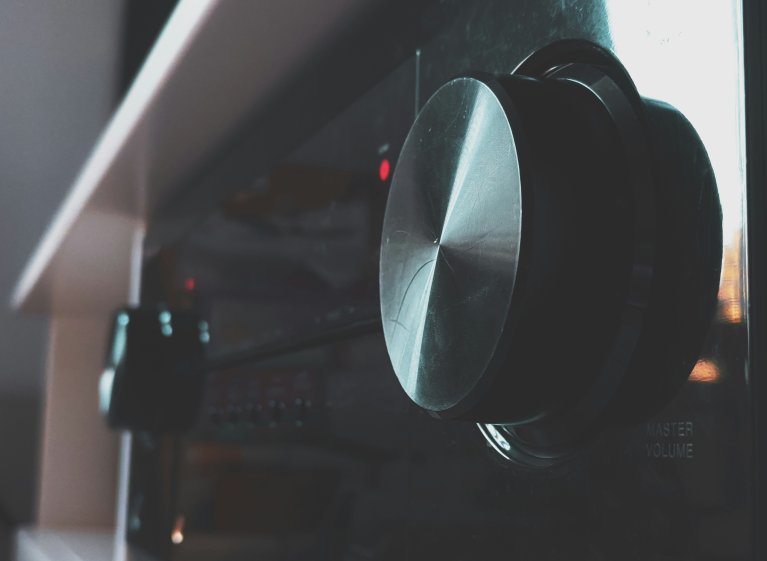Purchasing Ceiling Speakers
When it comes to choosing the perfect audio system for your home or business, ceiling speakers are a popular and versatile option. Not only do they provide a seamless and aesthetically pleasing look, but they also offer excellent sound quality and distribution. However, with so many options available on the market, purchasing ceiling speakers can be overwhelming. In this article, we will discuss the key factors to consider when making this purchase decision.
1. Speaker Type
The first step in purchasing ceiling speakers is deciding on the type of speaker you need. The two main options are in-ceiling and in-wall speakers. In-ceiling speakers are mounted flush inside the ceiling, while in-wall speakers are installed within the wall itself. In-ceiling speakers are more commonly used for background music, while in-wall speakers are better suited for home theater or surround sound systems. Consider your audio needs and the room where the speakers will be installed to determine which type is best for you.
2. Audio Quality
The audio quality of ceiling speakers is of utmost importance. Look for speakers with a wide frequency response range and a high power handling capacity. This will ensure that your speakers can produce a full range of sound and can handle higher volumes without distortion. It is also important to consider the speaker’s sensitivity, which is measured in decibels (dB). A higher sensitivity means the speaker requires less power to produce the same volume of sound, making it more efficient.
3. Size and Placement
The size and placement of your ceiling speakers will determine their overall performance and sound quality. Larger speakers typically produce more bass and have a wider frequency response range, while smaller speakers are better for high frequencies. The placement of the speakers is also important as it can affect the sound distribution in a room. Consider the size and layout of the room, as well as the acoustics, when determining the number and placement of your speakers.
4. Speaker Impedance
Speaker impedance is a measurement of the speaker’s resistance to electrical current. Most ceiling speakers have an impedance of either 4 or 8 ohms. As a general rule, lower impedance speakers are better for high-powered systems, while higher impedance speakers are more suitable for low-powered systems. It is important to match the speaker impedance with the amplifier or receiver to ensure optimal sound quality and prevent damage to the equipment.
5. Budget
As with any purchase, budget plays a significant role in determining which ceiling speakers are right for you. The price of ceiling speakers can vary greatly, from budget-friendly options to high-end models. It is essential to do your research and compare different brands and models to find the best value for your money. Keep in mind that higher-priced speakers may offer better sound quality and durability, but there are often budget-friendly options that can still provide great performance.
6. Additional Features
While the above factors are the most important to consider when purchasing ceiling speakers, some additional features may also be worth considering. Some speakers come with pivoting or directional tweeters, allowing you to adjust the direction of the sound for better distribution. Others may have moisture-resistant coatings, making them suitable for use in bathrooms or kitchens. It is also worth considering if the speakers come with a warranty for added protection and peace of mind.
Final Thoughts
Purchasing ceiling speakers requires careful consideration to ensure you find the right fit for your audio needs. Consider the type, audio quality, size, placement, and impedance of the speakers, as well as your budget and any additional features. It is also recommended to read reviews and research different brands before making a decision. With the right choice, you can enjoy high-quality sound that seamlessly blends into your home or business space.

